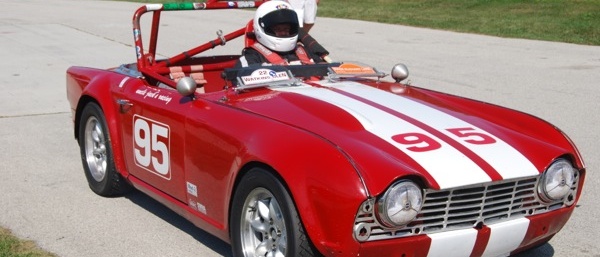Edelbrock Performer RPM LS3 Intake Manifold
The Edelbrock Performer RPM LS3 intake manifold (#71197) is designed for use with Gen IV LS engines equipped with LS3, L92 and L76 rectangular port cylinder heads. The Performer RPM LS3 is ideal for anybody looking to build a carbureted LS2 or LS3 engine in the 1,500 – 6,500 rpm operating range.
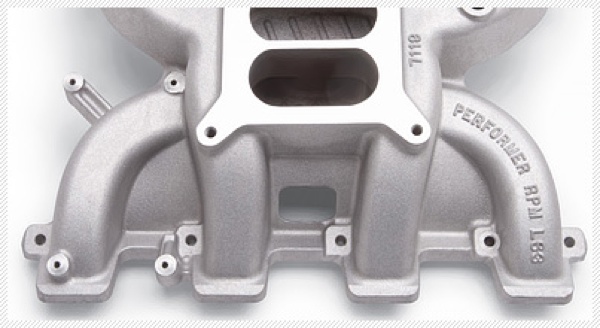
Choosing the Right Camshaft for a Performance Engine
A camshaft is nothing more than a cast iron or steel shaft with a series of lobes strategically placed along its length. Each lobe opens and closes a valve by moving a lifter, pushrod and rocker arm, or in the case of an overhead cam engine by moving a cam follower or direct valve action. However, choosing the right camshaft is not only the cornerstone of building a performance engine, but also its centerpiece.
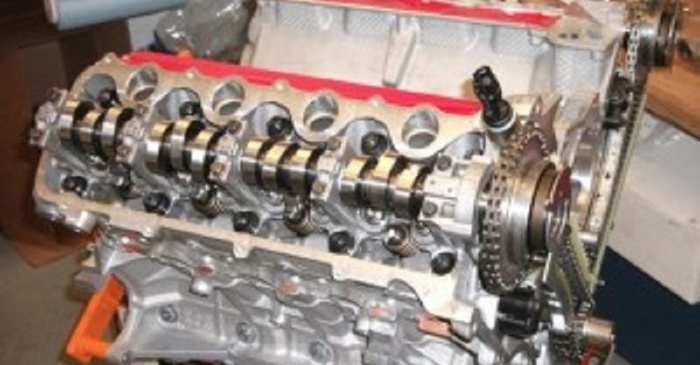
Edelbrock E-Street Electronic Fuel Injection System
The E-Street EFI System is intended as an affordable, easy to use, fuel injection solution that can be installed on any V8 engine, originally equipped with a carburetor. The Edelbrock E-Street EFI System includes a pre-assembled throttle body, engine control unit (ECU), 7″ touch screen tablet PC, high quality wiring harness, wide band O2 sensor and instructions for a hassle free installation.
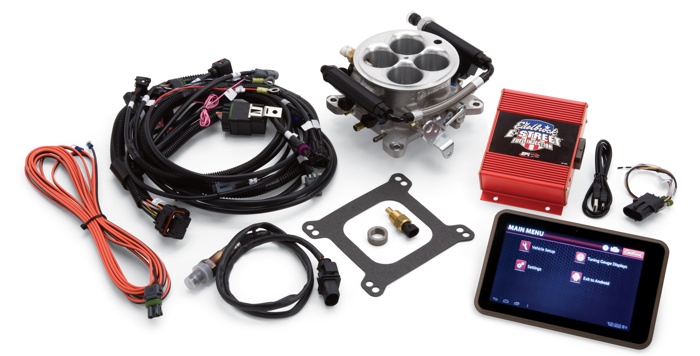
Wilmington Mile Engine Builders
In Bill Holder’s opinion, there’s no finer place to find unique engine builders than the long super-smooth runway at the former DHL facility at Wilmington, OH. This will be the third article in Engine Builder honoring these efforts.
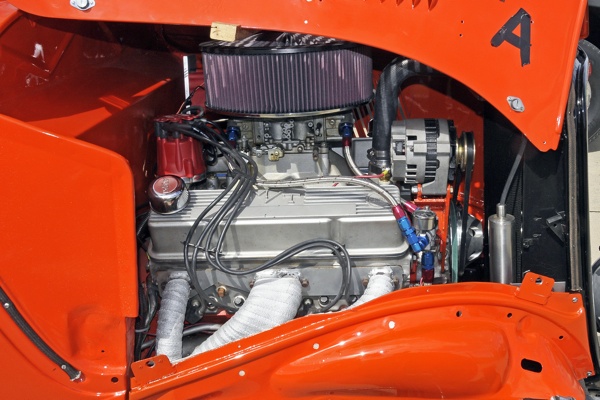
Racing Engine Rule Issues for 2015
As a performance engine builder for customers driving in various racing associations, keeping up with rules changes from the numerous organizations can be a challenge. Josh Tennis, head technician at GPM Race Engines in Eagle Rock, MO, and one of Engine Builder magazine’s new advisory board members, said speaking from his experience, it’s up to the shop to investigate engine-related rule updates.
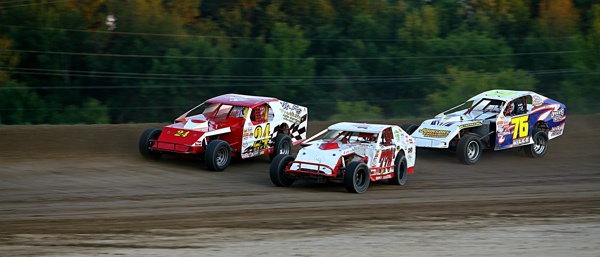
Headmaster Jagersberger – Converting Flatheads into OHV Engines
Joseph W. Jagersberger was a very early racing car driver who competed against Louis Chevrolet prior to the first Indianapolis 500-mile Race. He was also the manufacturer of early speed equipment and his RAJO heads became well known to Ford and Chevy lovers.
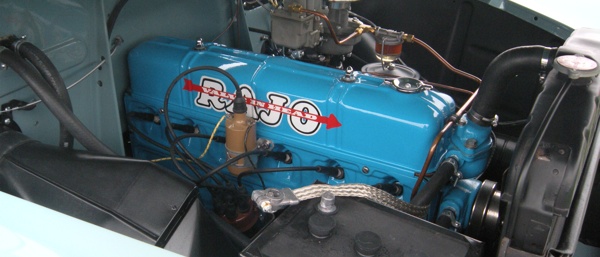
Aqua Allisons – Part 1
The Allison engines were used just about every imaginable way. First, they were used as a single engine, then combined as a pair of them, and even three or four of them-all on a single vehicle. Since their development and release in aircraft in 1930, engine builders following WWII began to pry more power out of them and the rest is history.
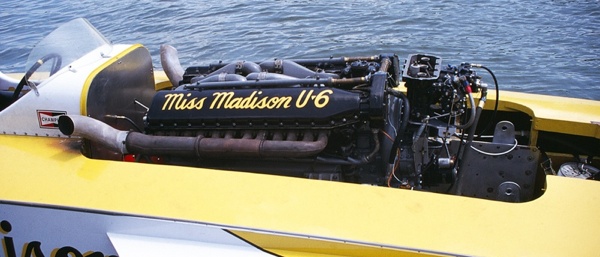
Engine Builder’s Chrysler 392 Magnum V8 Engine on ebay
Engine Builder magazine’s Chrysler 392 Magnum V8 engine will be back up for auction on eBay Motors in 2015. This Chrysler 318 turned 392 Magnum produces 477 HP at 5800 RPM and 481 lb. feet of torque. The auction is running right now and will be open to anyone in the U.S. Proceeds will benefit the Independence Fund.
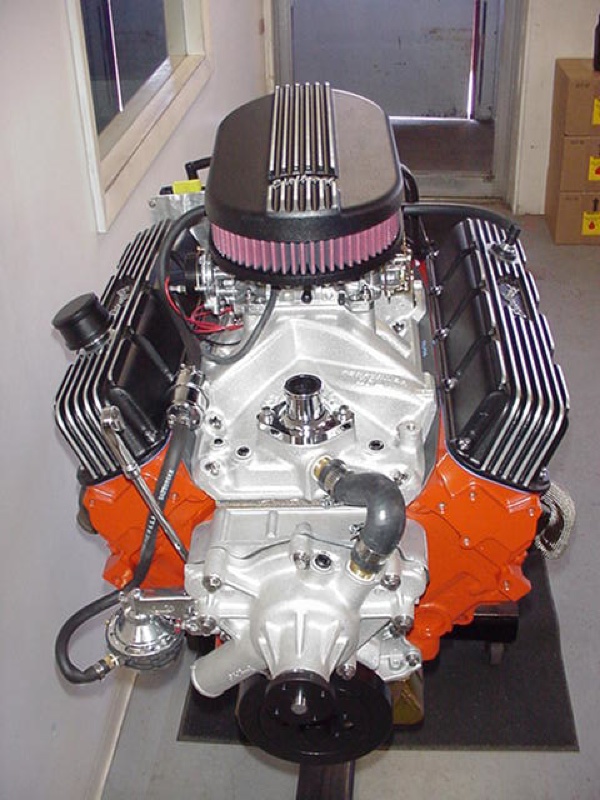
Studebaker Sleeper
A crude-looking ’53 Studebaker drag racing car from Iowa has its share of rust, dings, dents and paint flaws, but under its hood is a one-of-a-kind Pontiac intake manifold that has some very sophisticated engineering behind it. Davenport, IA, resident Jim Allen has owned the Studebaker Starliner Coupe since 1959. It was back in 1964 that he purchased the factory experimental intake to go on the 421-cid Pontiac Super-Duty V8.
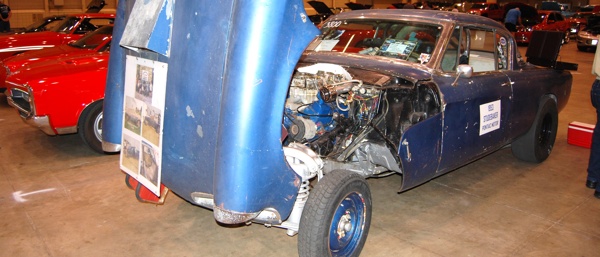
Consider a Dyno/Flow Bench for Your Shop
Any engine builder that is doing performance work or high volume engine building can benefit from owning an engine dynamometer. A dyno is not just a tool for plotting horsepower and torque curves. It’s also a tuning tool for plotting and adjusting fuel mixture and ignition calibration, a quality control tool to assure proper engine break-in, valvetrain adjustments and to verify compression, ring seating and gasket sealing. It can also be used as a performance and/or durability research tool.
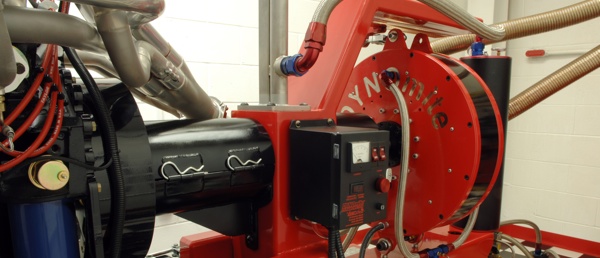
Sticker Shock – The 392 Magnum Gets Ready for Auction
As you can see in the pictures, we’ve reached a point where we can say the engine is built and ready to install. Or in this case ready to dyno and auction off. We certainly would not have been able to produce such a cool piece without the help of our contributors and Grawmondbecks Competition Engines. The 392 V8 Magnum engine is currently being auctioned off on eBay Motors. The auction ends Dec. 21.

Magnificent Millers in Milwaukee Mile
Auto racing enthusiasts Bob Sutherland, David Uihlein and Chuck Davis started the Millers at Milwaukee Vintage Indy Car Event at the Wisconsin State Fair Park in 1995. At that time, the three never dreamed that it would become an annual event drawing cars from across the country and showcasing in retrospect the ideas that sprung from auto racing to advance auto engine technology. But that’s exactly what it is today.
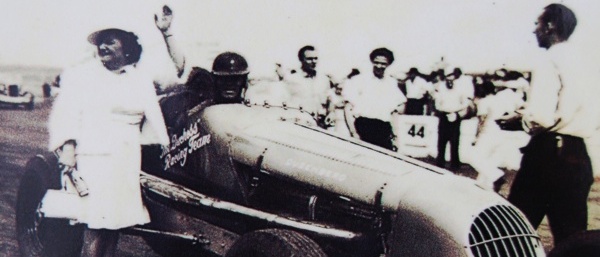
Choosing the Correct Camshaft for the Build
Choosing a particular type of camshaft for an engine build is an important decision that has to be made before any other parts are ordered or machined. Choosing a cam requires answering some basic questions, the most important of which is the engine application itself.
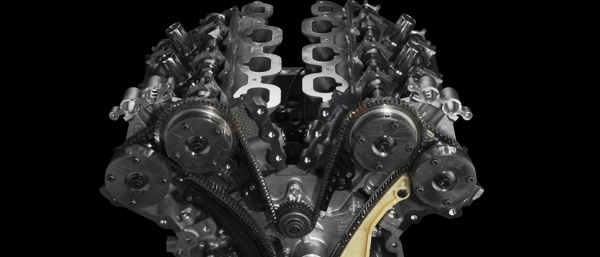
The Unique Engines of ARCA
ARCA uses older style NASCAR Cup cars. Specifically, they are the ones used just before the advent of NASCAR’s Car Of Tomorrow (COT) in 2007. This means teams running ARCA can do so with a safe, well-built race car without paying top dollar.
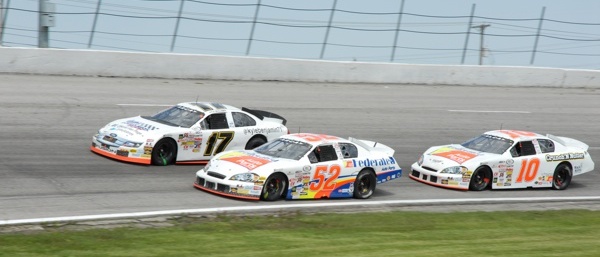
Pontiac’s Straight 8s
The Pontiac L-head straight eight was used in production cars for 21 years between 1933 and 1954. This classic engine was advertised as a powerplant that could run 100,000 miles without a major overhaul.
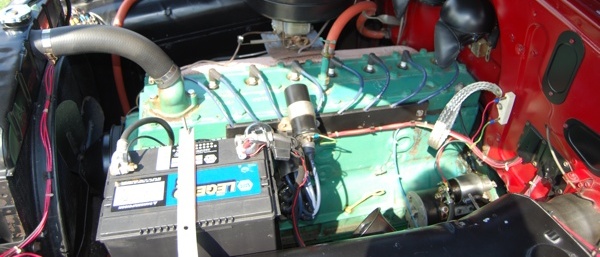
Modified Ford Model Bs
It was known as the Model B engine and was produced for only four years beginning in 1932. Sporting only four cylinders, it was basically an upgrade of the earlier Model A powerplant. The “B” engine sported an impressive 200 cubic inches of displacement. Its compression ratio was a super-low 4.9-1. The paltry 50 horses it produced came at about 2,200 RPMs. The engine certainly didn’t appear likely to be a candidate for upgrading, but that wouldn’t be the case.

The Ford ‘FE’ – Rebuilding An American Iron Icon
Ford produced the FE series engines for almost 20 years and in this time period, this series of engine gained quite a following. After researching the FE, I was intrigued about its internal workings. I had always heard about and seen some of the more popular FE engines such as the 390, 427 and 428 but never had a chance to dive into one – until now.
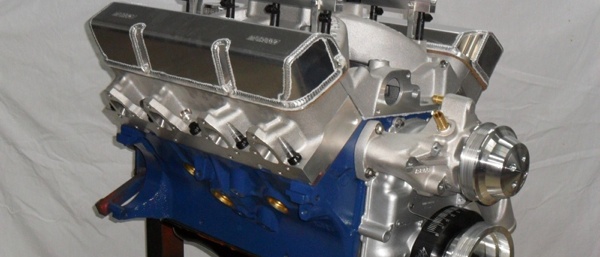
October 2014 Shop Solutions
Using Vaseline, grease, white lead or dense lubricants such as engine oil, vegetable oil, antifreeze, brake fluid, castor oil, vegetable shortening and silicon spray IS NOT RECOMMENDED for a liner seal lubricant. Currently, aftermarket suppliers recommend using a soapy water solution.
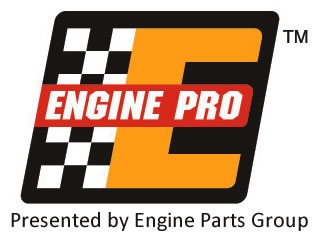
Edelbrock Super Victor II Intake Manifolds
Edelbrock Super Victor II single-plane intake manifolds are designed for use with large cubic inch big-block Chevy engines using the latest design conventional port heads. They are ideal for any 1,000+ horsepower drag race engine with high airflow requirements. They utilize modern casting techniques to create smooth, thin and extended divider walls for optimal “out of the box” performance.
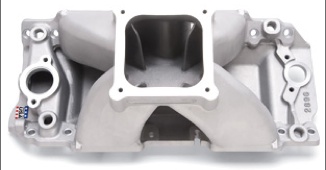
British Invasion – All the King’s Horsepower
Interest in British sports cars grew in the U.S. after World War II, when soldiers returning from England brought MG TCs home with them. Soon other sports cars came from “across the pond.”
